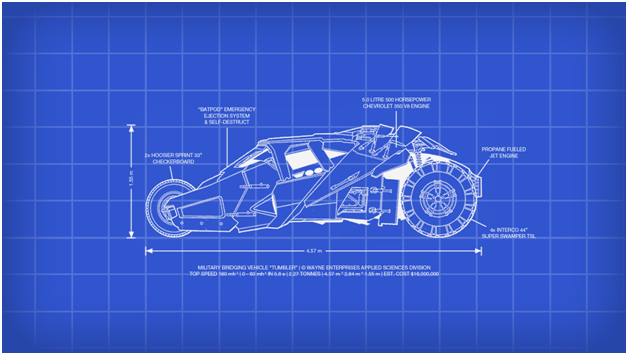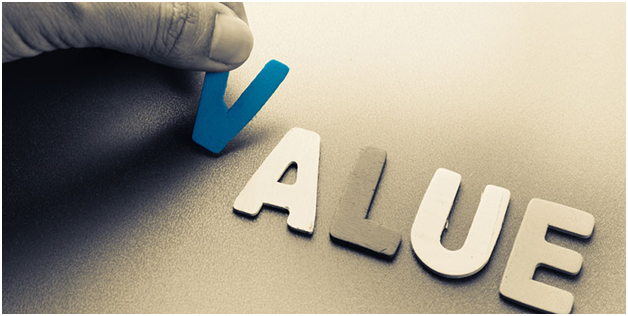What’s an Engineering Assessment and why it is necessary to a successful finished product?
If you’ve been involved at any stage of the production of a custom Android device (or any product), from concept to development to manufacturing, you will know about the hurdles that come up along the way. Your workload during the development and manufacturing stages can be greatly reduced with proper planning in the concept phase.
The aim of a lot of my articles is to give you advice on how to succeed with your product, what hurdles to expect during development and manufacturing, how to deal with them, and, even better, how to avoid them.
This article focuses on how to avoid them!
I will explain the huge advantages that can be reaped by creating a complete Engineering Assessment before kicking off development.
What is an Engineering Assessment?
An engineering assessment is the first and most important step you will take towards manufacturing your product. It is the blueprint for your project.
The engineering assessment delivers the following:
- A clear definition of hardware specifications.
- A full understanding of the use case and use environment of the device so as to understand the requirements regarding these.
- Confirmed design requirements. Exploration of caveats that could affect the electronic or mechanical design.
- Establish any other questions or issues that may be related to the device and project in general.
- With a clear assessment, you’re ready to receive accurate quotations based on the assessment and the order volume.
At Hatch, we get a wide range of inquiries with varying levels of specification details. If you are an electronic hardware engineer with a full understanding of what your project needs in every aspect, then you might not need assistance in defining the specifications of your device, but this isn’t the case at many companies. Also, some engineers don’t provide all the necessary details for the desired results from the finished mass produced product.
If your company hasn’t documented all the details of a product – including how and where it will be used – then it is advised that you get help clarifying that, or, hopefully, learn something from this article and give it a try yourself.
When you are getting assistance in defining the specifications, you must have a full and clear understanding of the use case and the use environment of your device. Figuring out what you’re not sure about is a huge benefit in combing through the details, as many details are taken for granted and not sufficiently communicated until it’s (sometimes) too late.
No details are too small. Dealing with details might seem insignificant at the beginning of your project, but failing to include all the details could end up negatively impacting your product development. The benefit of working with a company like Hatch (or any specialized manufacturer) for this is that we look at your project from both a development and mass-manufacturing point of view.
Here’s an example of the areas covered in an Engineering Assessment for a recent embedded tracking device (not Android) project:
Project Description – This is a brief overview of the project and the device.
Tracking Environment – This is a detailed description of the environment that this device will be used in and subjected to.
Tracking Requirements – This is a detailed description of how the tracking device should work. E.g. When the tracking device should work, how accurate the tracking should be, and how often the tracking occurs.
Additional Functionality – This outlines if there are any additional functions that the device should have or any additional features that may be added the device in the future.
Usage Requirements – Where will the device be used? How often will the device be used? What is the battery requirement? Does it need to be waterproof and/or dust proof? Who will use the device? How will the device be stored?
Charging Method – How often will the device be charged? How long does charging take? What method will be used for charging?
Device Specs – A detailed, clear and defined list of the technical specifications based on what is required which provides the outline for the components that go inside the product.
With all these product requirements clearly laid out you can get a more accurate quote from any company in the industry (assuming they pay attention to your document).
When the requirements aren’t clear the follow can occur:
- The suppliers quotes are high due to the ambiguity.
- You end up paying more to cover additions that weren’t previously factored into the cost.
- Or, even worse, the product development is done incorrectly which forces the client to accept something substandard, lose more time, pay more money, or a mix of these negative effects.
Value of Assessment
The engineering assessment provides you with your blueprint, this will be an ongoing reference during the course of your project. Apart from the advantages that it provides, what may be even more valuable are the problems that it helps avoid.
Surprises! Sure, some surprises are nice, like when a vending machine accidentally drops you two candy bars instead of one. But surprises in the manufacturing world are very seldom nice surprises. They usually cost you time and money.
One of the main reasons that development projects cost more or take more time than expected is because of having to redo work once a detail emerges that wasn’t clear from the beginning. Hardware choices are always based on the use case for the product. If there’s a change or newly communicated specification in use case then that’s likely to bring negative side effects.
By ensuring that all aspects of the project are clear to all parties involved the Engineering Assessment minimizes the chances of encountering these uncool surprises.
To Sum it up
Making an Engineering Assessment is the professional and intelligent way to approach your project. It is similar to the foundations of your house in that your whole project will be built on it. It not only sets up a better result, doing it right saves time, expenses, and keeps your team engaged down the line.
It can be the key to success for your project. It helps you to understand the technical parameters concerning your project while having the engineering and manufacturing company fully understand what is required from your device so they can do a better job for you and avoid inefficiencies.
If you have any questions regarding this article or if you have a project that requires an Engineering Assessment you can get in touch by emailing info@hatchmfg.com. Put ‘Engineering Assessment Inquiry’ as the subject to receive a faster reply.





